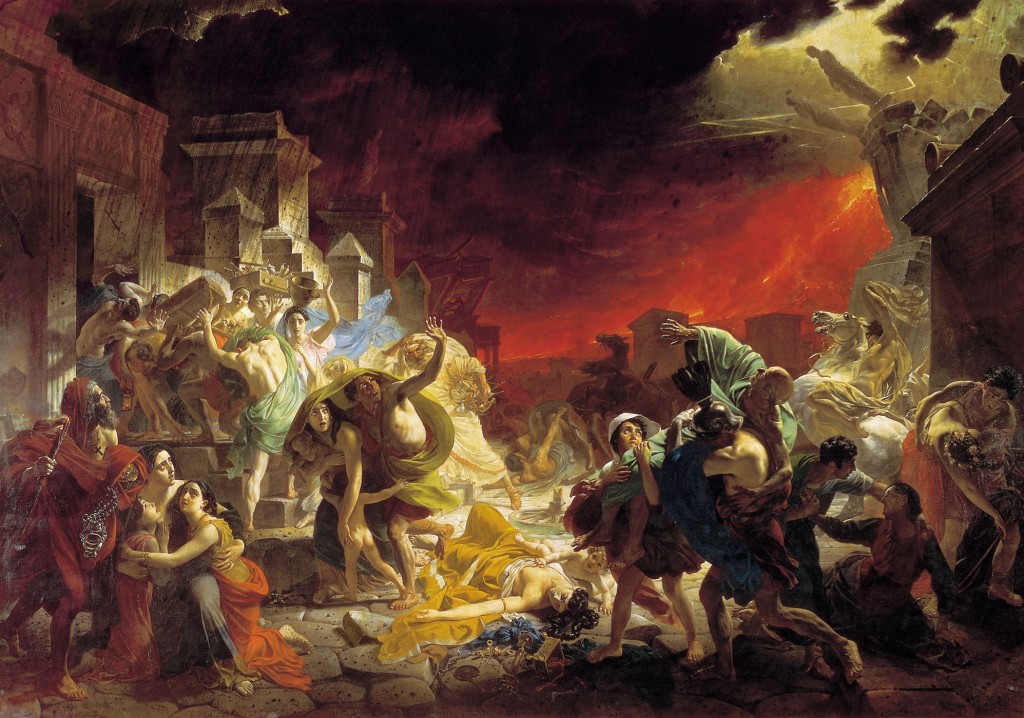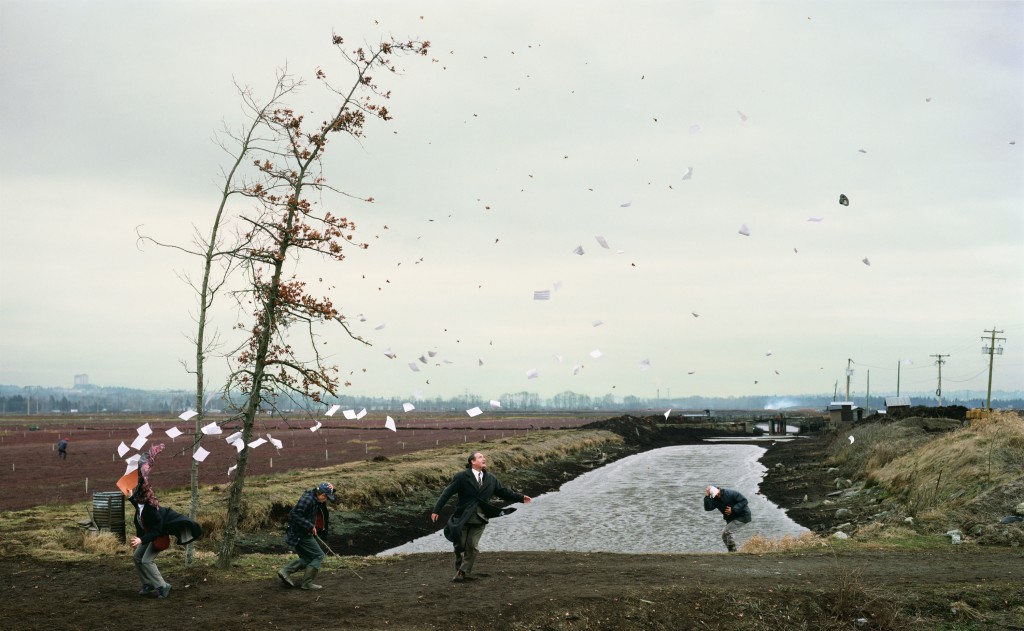For automatic updates subscribe to my twitter or the vertice.ca facebook page.
There are 8 sound tableaus currently available, start at the home page or jump directly to any of the other tableaus by clicking:
Untitled
Sirènes
Tiny Machines I
Mist
Reflecting Pool
Chatter
Winter (new!)
Why Sound Tableaus?
I landed on this term after much debate. I initially wanted to use ‘sound boards’ but I learned that these refer to a page of sound clips used mostly for pranks on the radio. Other terms I came up with were dry and scientific (sound fields, audio planes) or just didn’t sound inviting. I was finally attracted to ‘tableau’ (the french word for ‘board’, as in chalk board) after learning of the history of the term ‘tableau vivant’ in the theatrical and photographic arts. Here are some definitions of tableau from Merriam Webster:
More on the ‘tableau vivant’ from wikipedia:
Tableau vivants can be quite captivating. Each scene has been carefully arranged the way some dramatic paintings are constructed. Here’s a painting by Karl Briullov that comes to mind from 1833, titled The Last Day of Pompeii:
There’s a lot going on in terms of movement and emotion, and there’s a story that can be inferred with each subject’s pose and expression. Of course, it’s unlikely that a framed snapshot could be so dense with such perfect formations of expression and meaning, but with all the goings on in this frozen moment in time, there is still the sense that this image was captured spontaneously. The strong sense of movement in the painting and the subjects’ unawareness both lend themselves to create this effect. That to me is the beauty of this type of construction. There is a lot of information included, and you can spend a lot of time on the different areas of the painting, but there is much mystery left in the events leading up to and following this still.
The tableau vivants both ‘live’ and photographed have similar traits. Theatrically, tableaux were sometimes used to reconstruct a narrative scene by scene. By creating similarly strong representations in poses, a story can be produced with more depth than one might expect from a form that does not use words or motion. There have also been live recreations of famous paintings. In photographs, these types of compositions can be equally compelling when expertly composed. They can also be extended further through the use of digital manipulation allowing the artist more flexibility.
Here’s a famous photograph ‘A Sudden Gust of Wind’ by Jeff Wall:
Sound tableaus draw from both of these art forms: they are meticulously setup and composed and the feeling of spontaneity is present through the listener’s observation of ‘unaware’ sounds and the chance interactions with and between them. The difference however, and this an obvious one for time-based media, is that sound tableaus are not frozen in time. Their life, however, is frozen in the sense that each sound is a recording that does not change; it is confined to its content (captured in the same way a photograph is).
To continue the comparison, I’d like for you to imagine that you are a spectator standing in front of a live tableau vivant: a recreation of ‘The Last Day of Pompeii’. Now imagine yourself exploring the scene, as you would be able to, walking to the left and examining the woman huddled with her two daughters. Imagine continuing around the pillars to take a closer look at the men shielding themselves from falling ash and debris. Through unique perspectives on the work, you’d be able to more personally experience the scene, to get inside it if you will. This ability is afforded to you through the interactive nature of the sound tableau. With your mouse you can explore the composition of each scene, listening from unique vantage points. So, if you’d like, consider these sound tableaus as sonic tableaux vivants.
Please take the time to explore each sound tableau. If you have any comments I’d love to hear them. You can email me personally or leave a note in the comments section.



